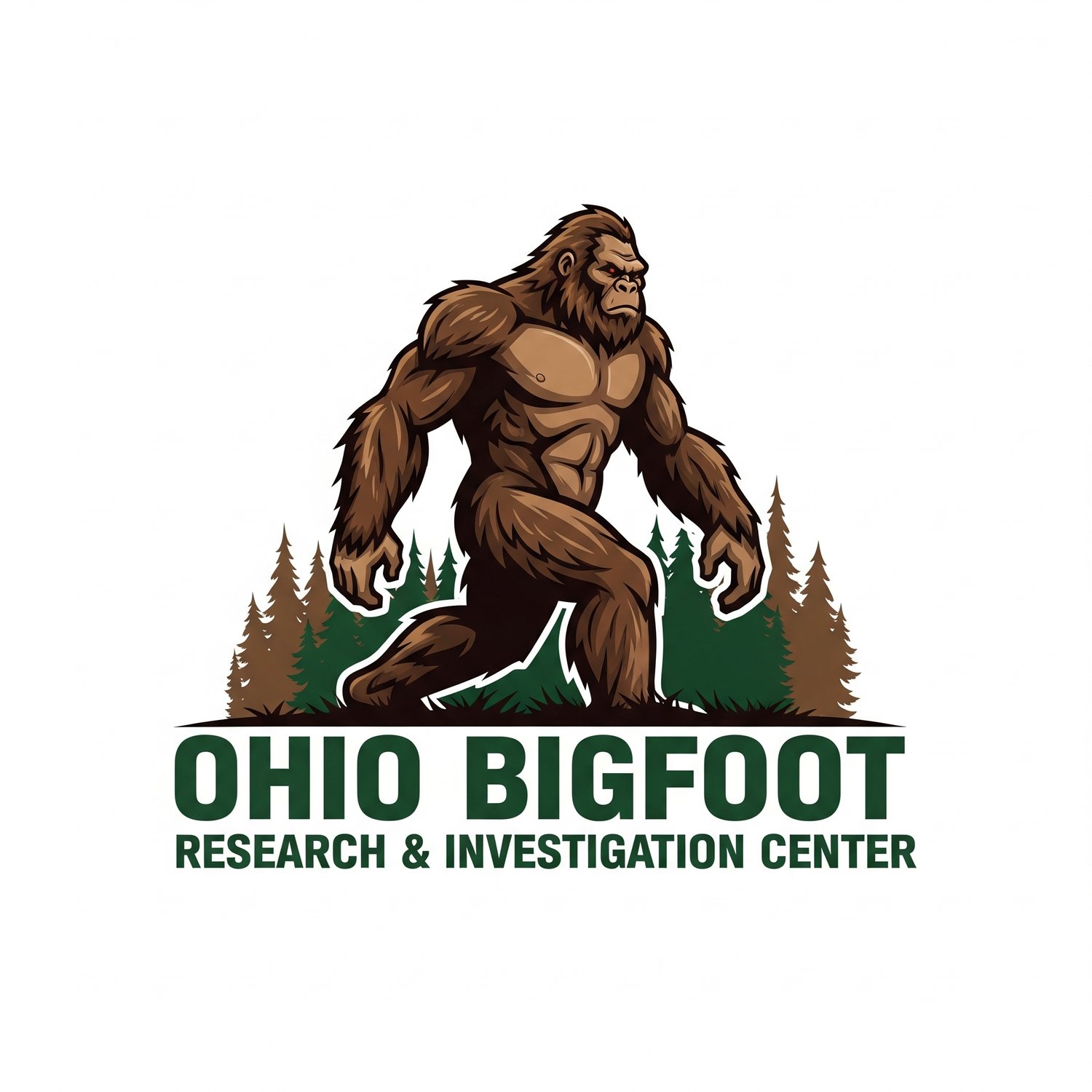Collecting Bigfoot DNA
The Holy Grail: Collecting DNA Evidence in the Search for Bigfoot
In the persistent and often passionate quest for Bigfoot, one form of evidence stands head and shoulders above the rest in terms of its potential to definitively prove the creature's existence: DNA. While footprints, vocalizations, and eyewitness accounts offer intriguing clues, a verifiable DNA sample could provide the irrefutable scientific proof that researchers have sought for decades.
For many, DNA is the "holy grail" of Bigfoot research because it offers a direct biological link. It could reveal not only that Bigfoot exists as a flesh-and-blood animal but also its genetic relationship to other known primates, its species, and even its population dynamics.
Why DNA is the Ultimate Evidence
Imagine finding a hair, a scat sample, or even a tiny piece of tissue that, when analyzed, shows a genetic signature unlike any known animal. This would be a game-changer, moving Bigfoot from the realm of folklore into the scientific spotlight. DNA analysis can:
Identify the Species: Determine if the sample belongs to a known animal or an unclassified species.
Establish Genetic Lineage: If new, it could show its evolutionary relationship to humans, apes, or other mammals.
Confirm Biological Presence: Provide concrete proof of a living, breathing organism.
What Kind of Samples Could Contain Bigfoot DNA?
Bigfoot researchers are constantly on the lookout for various types of biological material that might contain viable DNA:
Hair Samples: Often found snagged on branches, barbed wire fences, or in bedding areas. Hair follicles contain nuclear DNA, while the hair shaft contains mitochondrial DNA.
Scat (Feces): Animal droppings can contain epithelial cells from the intestinal lining, offering a rich source of DNA from the creature that produced them.
Blood Samples: Though rare, blood found at kill sites (if Bigfoot preys on animals) or from injuries could be a highly valuable source.
Tissue Samples: Any small piece of flesh, skin, or muscle, though incredibly unlikely to be found, would be the most direct source.
Saliva/Chew Marks: Saliva left on partially eaten food (e.g., fruit, berries) or on branches could contain DNA.
The Art of Sterile Collection: How to Gather DNA Samples
Collecting potential DNA samples requires meticulous care to prevent contamination, which is the biggest enemy of forensic DNA analysis. Contamination from human DNA (from the collector), other animal DNA, or even bacteria can render a sample useless or lead to false positives.
Essential Collection Protocol:
Wear Gloves: Always wear new, clean, disposable gloves (nitrile or latex) before touching any potential sample. Change gloves between different samples.
Sterile Tools: Use clean, sterile tweezers or forceps to pick up samples. Avoid touching the sample directly with your hands, even gloved ones, as much as possible.
Individual Containers: Place each sample in its own clean, breathable container. Paper envelopes or breathable evidence bags are preferred over plastic bags, which can trap moisture and promote mold growth, degrading DNA.
Avoid Excessive Handling: Handle the sample as little as possible.
Documentation is Crucial:
Photograph: Take clear photos of the sample in situ (where it was found) before disturbing it, with a ruler or known object for scale.
GPS Coordinates: Record the exact GPS location.
Detailed Notes: Document the date, time, weather conditions, surrounding environment, type of sample, and any other relevant observations.
Chain of Custody: Maintain a strict chain of custody, noting who collected the sample, when, and who it was transferred to. This is vital for its credibility in any scientific analysis.
Storage: Store samples in a cool, dry place, ideally refrigerated or frozen, until they can be sent to a reputable genetics lab.
Challenges and Skepticism in Bigfoot DNA Analysis
Despite the promise, obtaining and analyzing Bigfoot DNA is fraught with challenges, which contribute to the scientific community's skepticism:
Contamination: This is the primary hurdle. Human DNA is ubiquitous, and it's incredibly easy for a sample to be contaminated by a researcher, passing animals, or environmental factors. Many "Bigfoot" DNA samples submitted for analysis have turned out to be human or from known animals.
Degradation: DNA degrades over time due to exposure to sunlight, moisture, and bacteria. Samples found in the wild may already be too degraded for meaningful analysis.
Lack of Reference Sample: If a truly novel primate DNA sequence were found, the challenge would be to prove it came from a large, unknown hominid without a known reference sample (i.e., a Bigfoot body) for comparison.
Misidentification: As with visual sightings, hair or scat from known animals (bears, deer, coyotes) can be easily mistaken for something unknown.
Funding and Credibility: Mainstream scientific labs are often reluctant to analyze "Bigfoot" samples due to the lack of prior credible evidence and the potential for reputational damage.
While the path to obtaining definitive Bigfoot DNA evidence is long and challenging, dedicated researchers continue to meticulously search and collect. For them, every hair, every scat sample, represents a potential breakthrough that could finally bring the legend of Bigfoot into the realm of biological fact.
